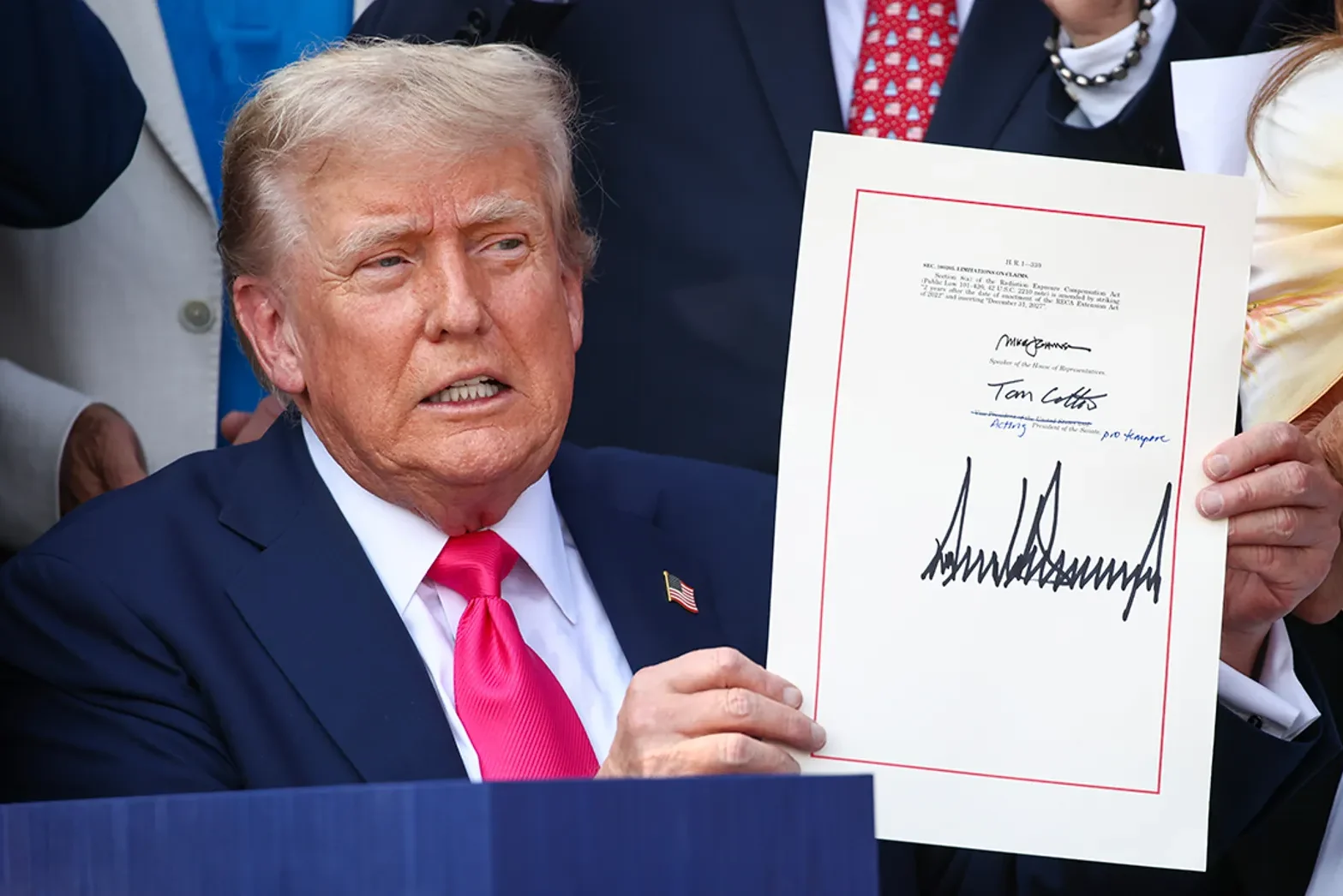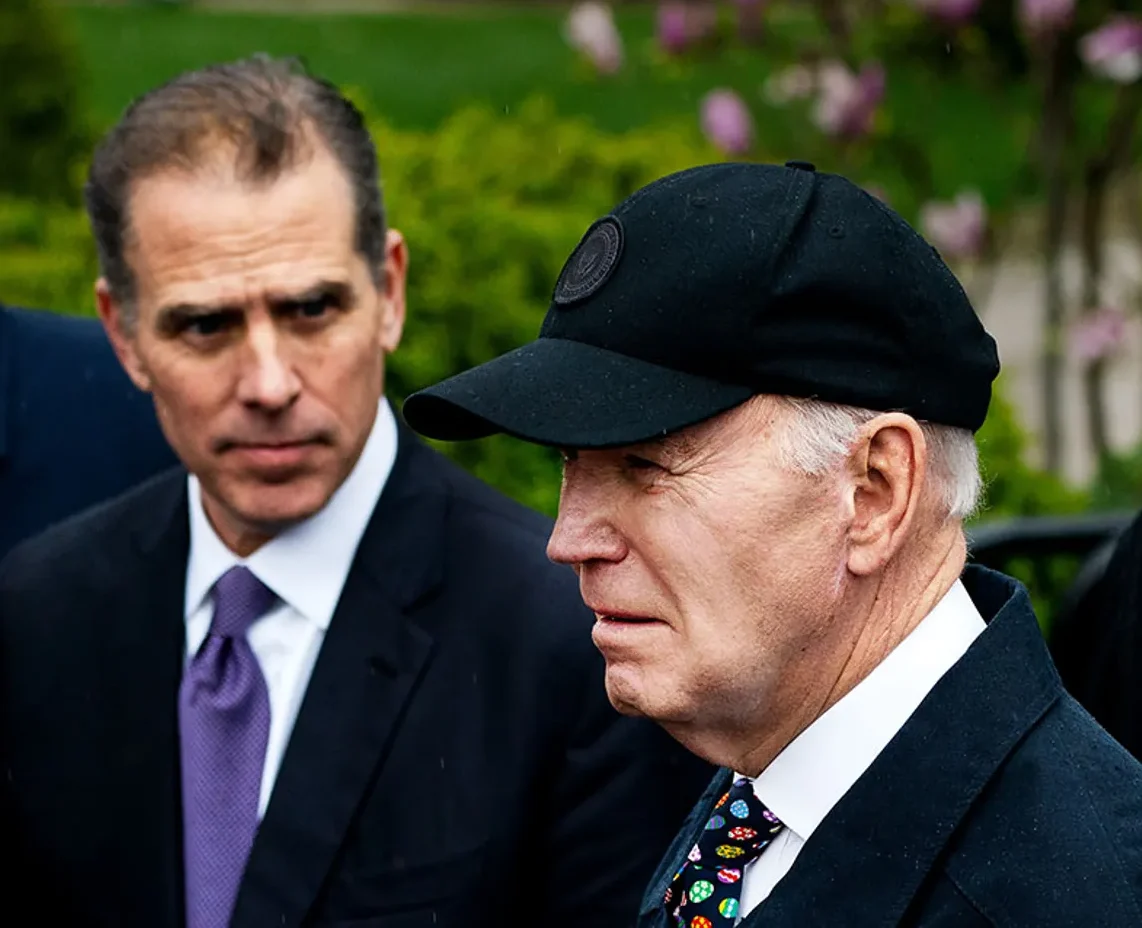What unfolded this week reads like a political thriller—except it’s real, messy, and unfolding at the highest levels of U.S. power. At the center of the firestorm is a Signal chat, a cast of senior Trump administration figures, and a leaked thread that has ignited debates about national security, media responsibility, and digital era statecraft.
The Atlantic detonated the controversy on Wednesday with what it described as actual “attack plans” shared among top Trump officials via an unsecured Signal chat. The chat, inadvertently exposed after The Atlantic’s editor-in-chief Jeffrey Goldberg was somehow added to the group, featured text messages from Secretary of Defense Pete Hegseth, National Security Adviser Mike Waltz, and Vice President JD Vance, among others. The messages detailed minute-by-minute plans for a military strike on Houthi rebel targets in Yemen—including specific launch times, assets involved, and even updates on the whereabouts of a high-value target.
This is the best Democrats have from the Signal chat to try to attack the Trump admin. It’s a nothing burger.
It lists no names, locations, or times.
That’s why The Atlantic changed their narrative from “war plans” to “attack plans.”
Yet another hoax by the Dems. pic.twitter.com/4RhGoSnXlt
— Paul A. Szypula 🇺🇸 (@Bubblebathgirl) March 26, 2025
Hegseth’s text, timestamped and highly specific, read more like a live battlefield operation than casual pre-mission banter. Yet, when confronted, Hegseth downplayed the entire situation, insisting that “nobody was texting war plans.” Tulsi Gabbard, now Director of National Intelligence, backed him up, testifying that no classified material had been shared.
BREAKING: Director of Intelligence Tulsi Gabbard says the Signal chat leak was just an unclassified update, not a scandal, and our military’s success against terrorists is what matters.pic.twitter.com/AtL14cBj4n
— TaraBull (@TaraBull808) March 26, 2025
But The Atlantic didn’t just publish excerpts—it published screenshots, challenging the administration’s denials and claiming the public deserves to judge the messages for themselves. Goldberg and co-writer Shane Harris highlighted the inherent danger of transmitting mission-critical information over unsecured platforms. One startling detail? Goldberg had access to some of these strike details a full two hours before the bombs dropped. In military terms, that’s an eternity—enough time for the enemy to act, and enough to compromise lives.
The backlash has been swift and divided. White House officials slammed the outlet, accusing it of manufacturing a hoax and mischaracterizing the texts. Meanwhile, Congressional Democrats—led by House Minority Leader Hakeem Jeffries—called for Hegseth’s removal, citing national security risks and reckless behavior.
The left’s outrage over a Signal chat is astonishing.
No U.S. casualties. No classified info. Just terrorists targeted.
They didn’t have this level of concern when 13 Americans died because of Biden’s botched Afghanistan withdrawal..
Let’s get serious. pic.twitter.com/RhENE5I9LX
— Congressman Michael Cloud (@RepCloudTX) March 25, 2025
And what of the message from JD Vance? One word: “Excellent.” A terse endorsement of the mission or a chilling confirmation of a successful strike on a human target? That’s left for readers—and history—to decide.
This leak straddles the razor’s edge between two vital American interests: operational secrecy and democratic transparency. The fallout is far from over, and as the public parses over chat screenshots and dueling narratives, the larger question looms: In an age where digital communication blurs the line between formal protocol and informal chatter, what’s the real risk when war planning goes mobile?



